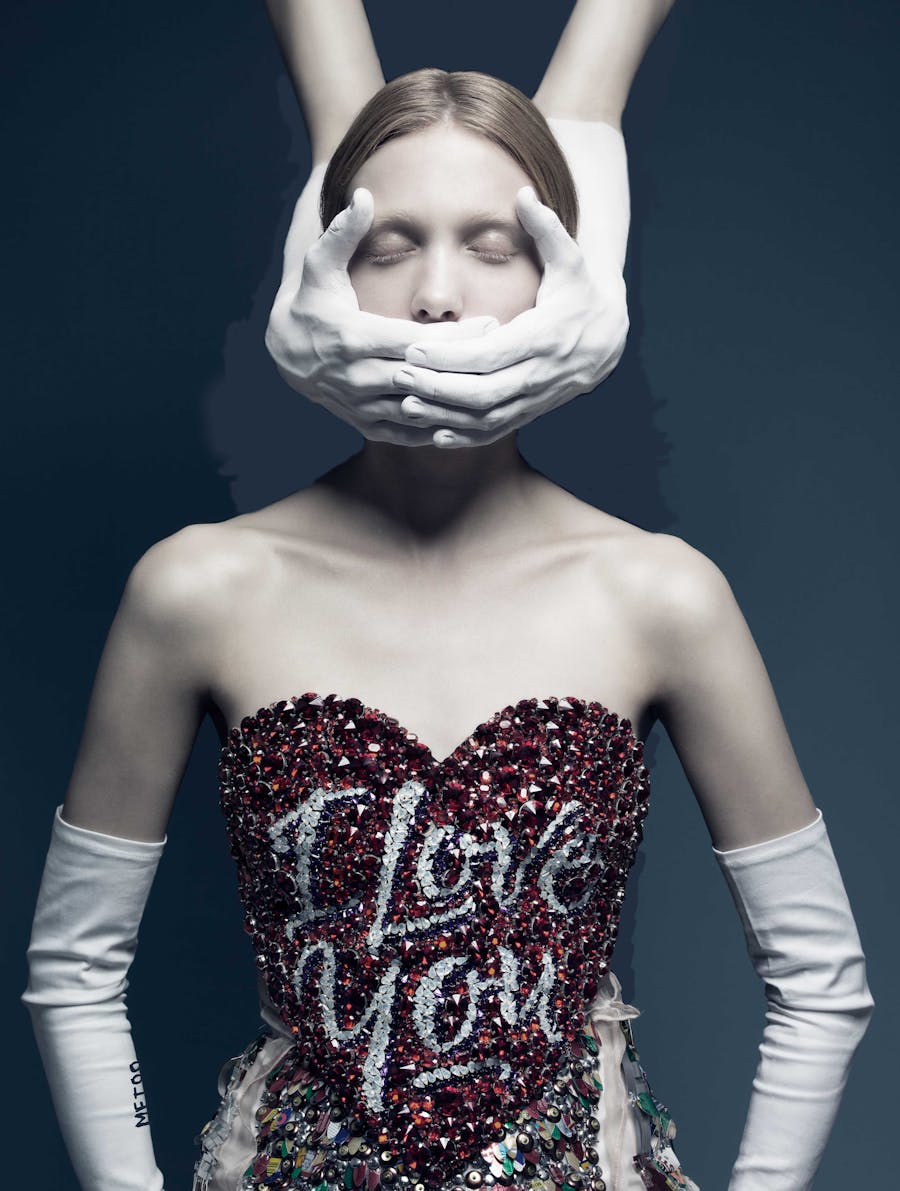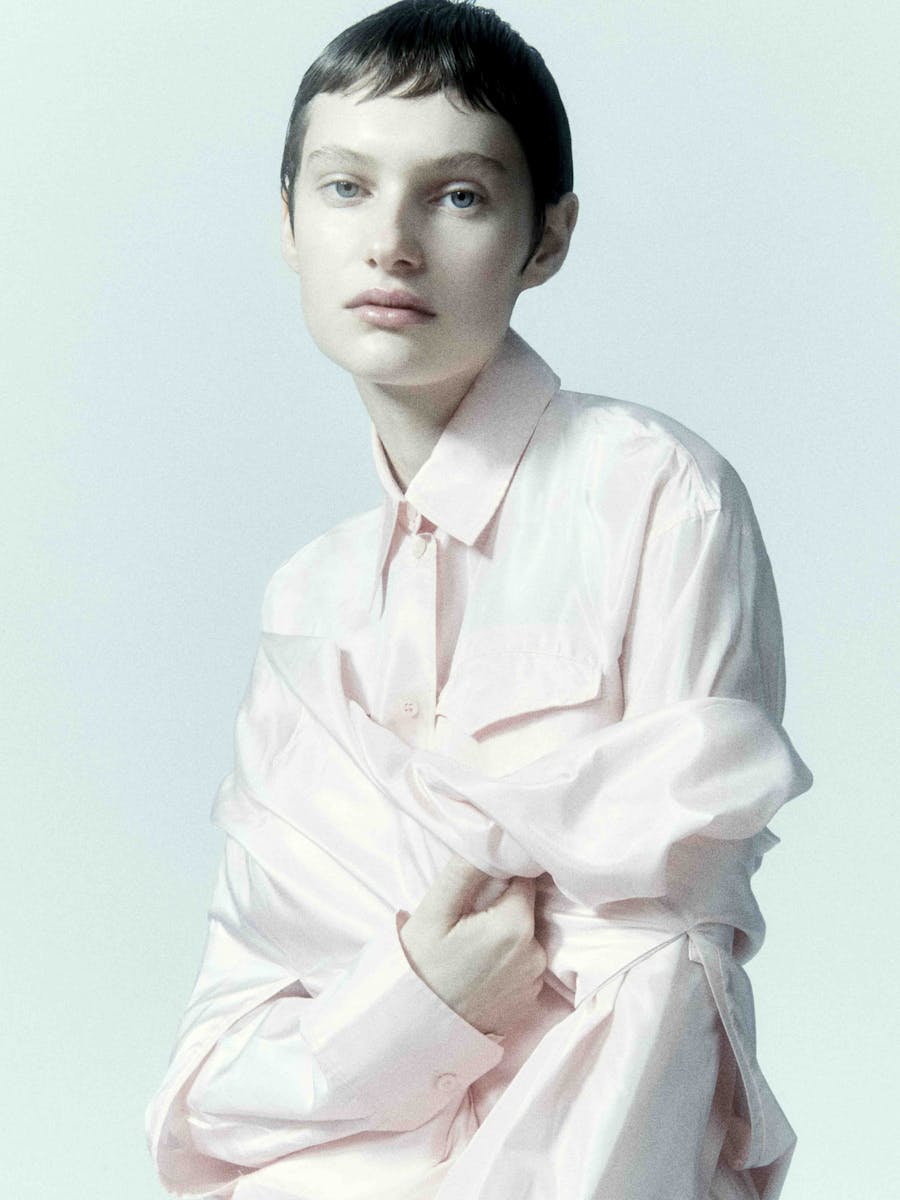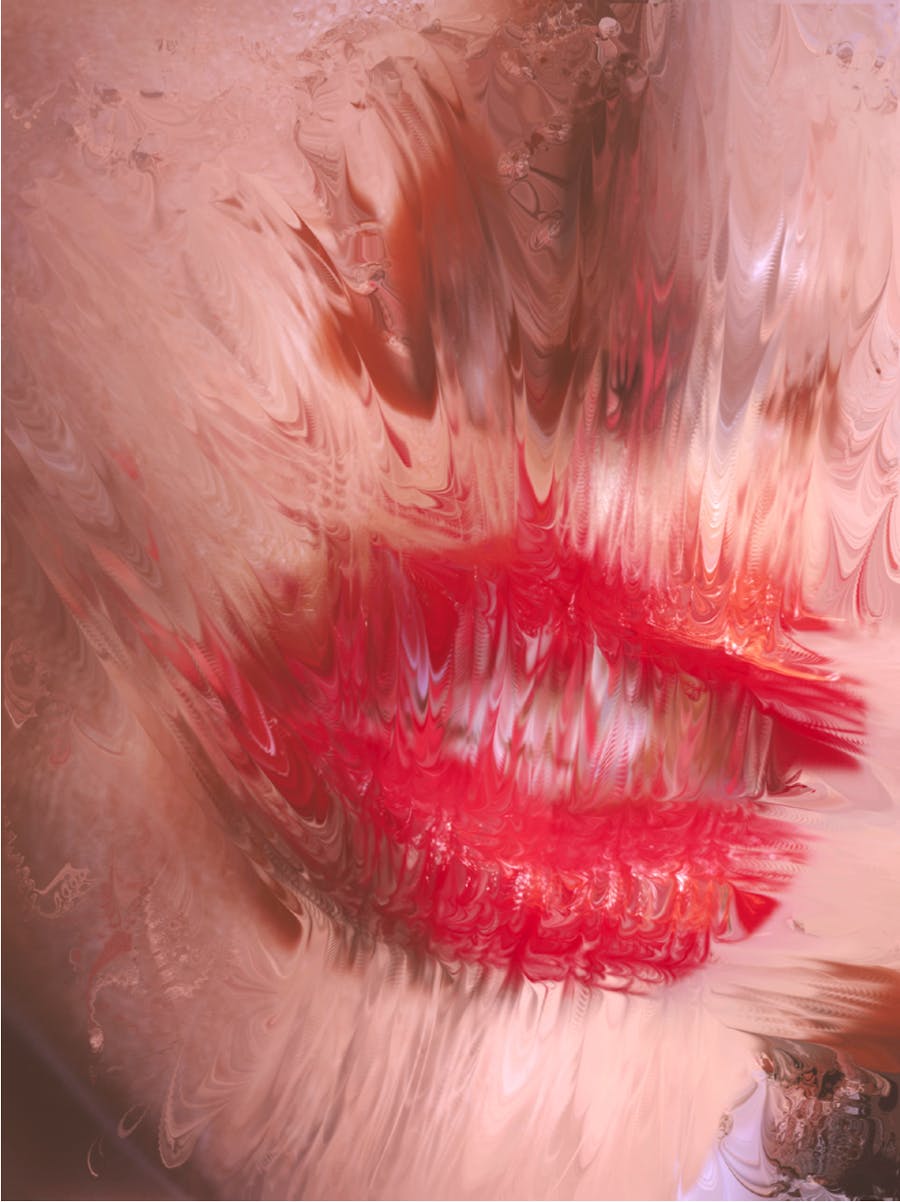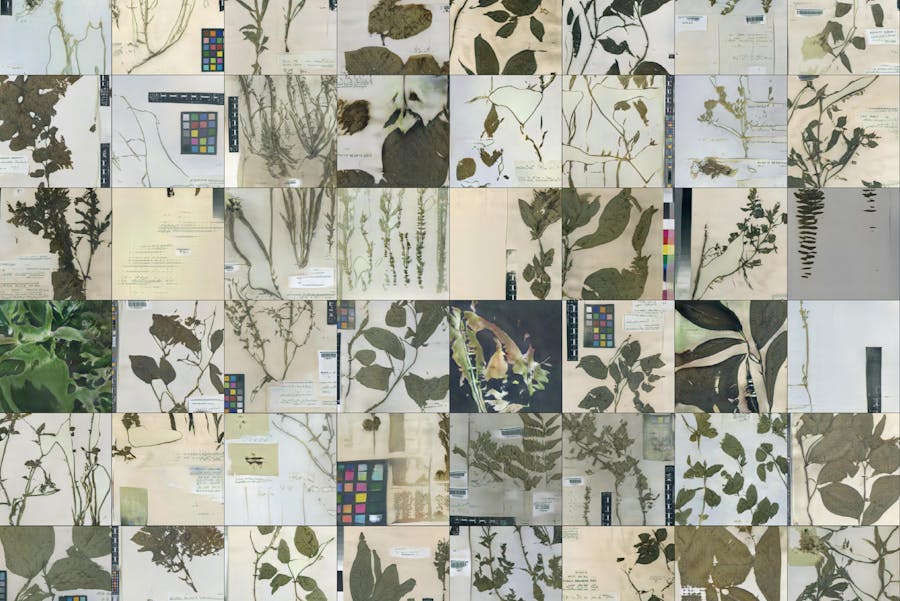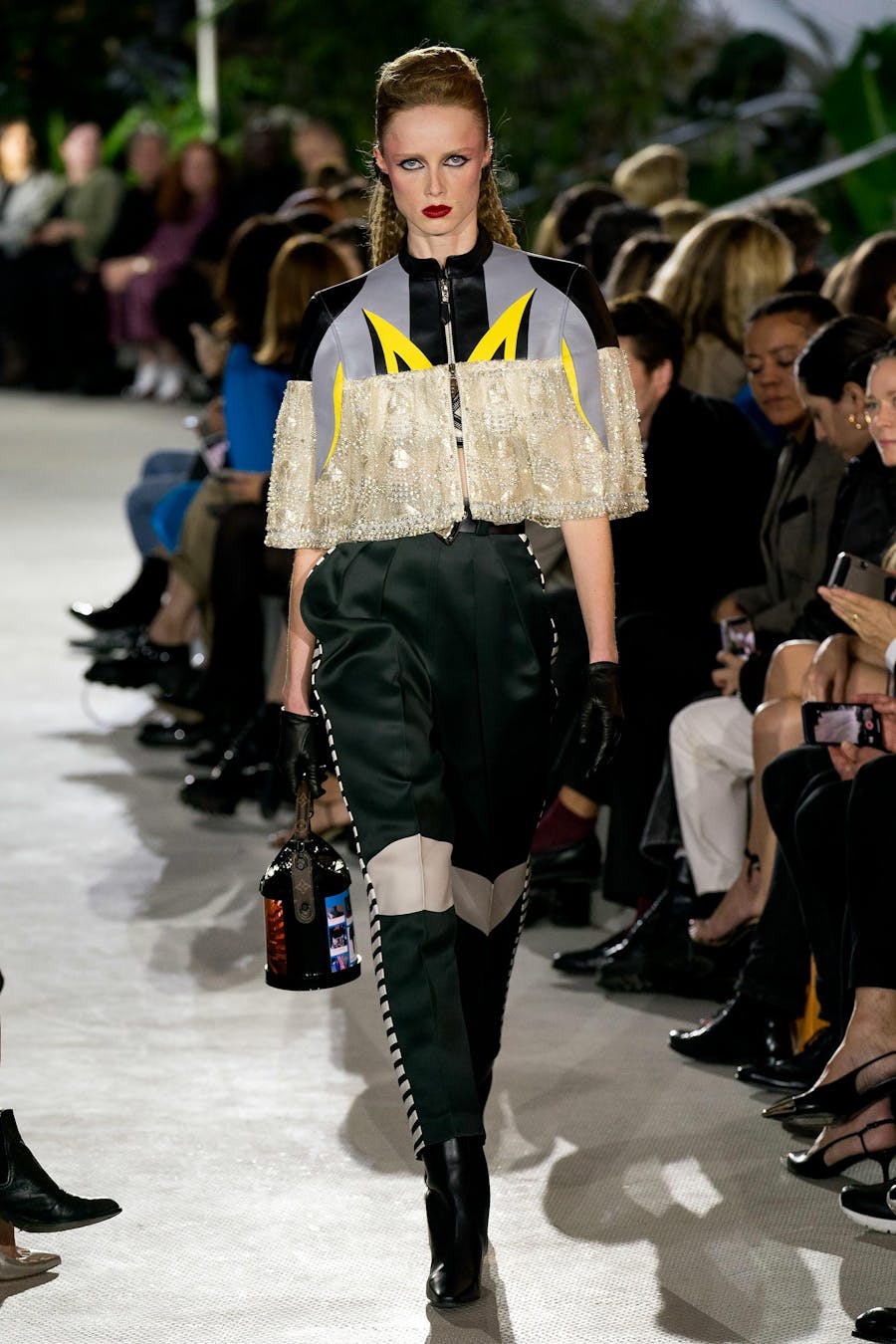From the Faces issue
For the American photographer, her conceptual portraits are "way of testing a hypothesis”: that of humans in conflict with the natural world they inhabit and which they consume. Inspired as much by the paintings of Holbein as by the photos of August Sander or the work of the British sculptor and artist Rachel Whiteread, Jackie Nickerson dissects the face of modernity with her striking, critical gaze. A conversation with an uncompromising artist whose work spans the worlds of performance, documentary and academia.
What importance does the face have in your images?
JACKIE NICKERSON Identity is a critical aspect of my work. More than the face inspiring me is the person hiding behind it. Who is this person – and where do they position themselves in the universe?
What is it that immediately attracts your attention when you look at a face?
J.N Generally it’s their expression – it’s a way of reading what the person is going through at that moment in time.
You dissect the face of the modern individual by exploring what characterises our societies today: technology, globalisation, mass production and the environmental crisis. What are you trying to express through your work?
J.N I’m interested in the way we are all affected by this world, and the way the environment affects our everyday life. Sometimes, I extract material from this space to make images which offer a more metaphorical interpretation of identity.
In your portraits the faces are often obscured by everyday objects (flowers, toys etc) or they are enveloped, draped, sometimes almost suffocated by material. Why choose to hide the face?
J.N My first two books examine the lives of people in their work places – they are “conventional” portraits. For my book Field Test, I wanted to create images that called into question the literal conception of identity and explore the effects of consumerism on our psyche, as our identity is closely linked to what we have to deal with in our everyday lives. Field Test considers the increasingly fractious relationship between humans, the environment and manufactured materials. I essentially wanted to show how materials produced by humans help them to exert control over the natural environment.
And what about the series Salvage and its more conventional – but still masked - portraits – in which your dissect our relationship with consumption – and the sentimentality with which we treat certain objects?
J.N I used the language of the traditional portrait to explore a world of consumption and imitation. It was a matter of calling into question these formal codes in order to interrogate the way in which we represent ourselves. The synthetic materials and the objects in Salvage are appendices rather than shields.
A certain strangeness emanates from your portraits – is this intentional? I don’t seek out strangeness. I am simply looking for a way to test a hypothesis. What do you think of this notoriously smooth, uniform face created by Instagram, filters and technology?
J.N The Face Tune and Instagram faces are essentially a branding exercise, deliberately chosen and adapted, but essentially disposable. The processing and the volume of these images, as well as the hyper consciousness of the self which underpins them, risks sapping our sense of identity in the way it can be expressed through portraits.

